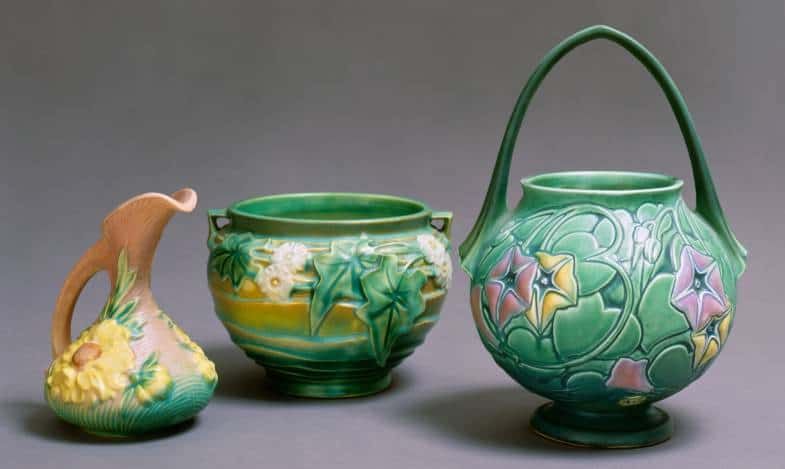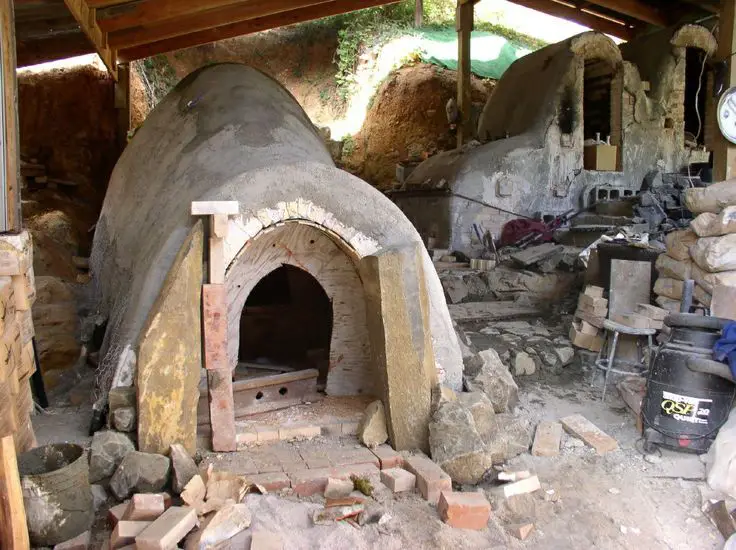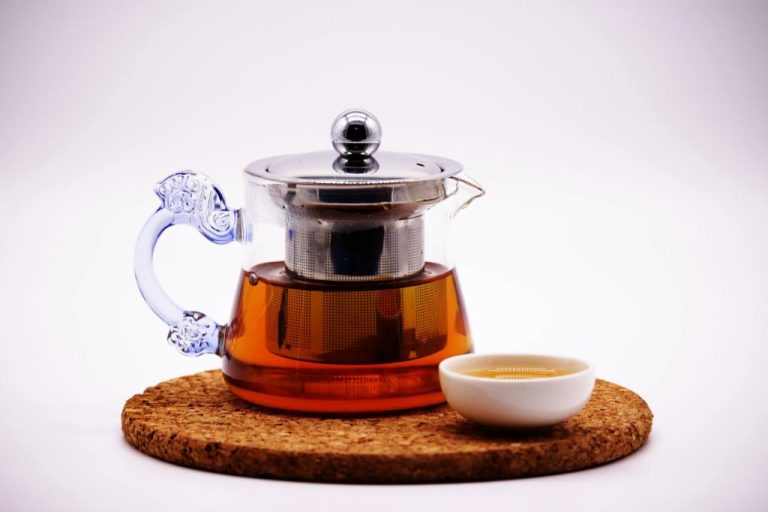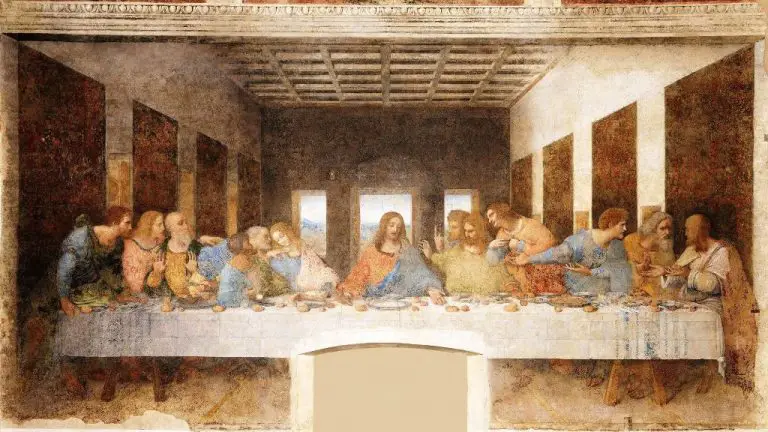How Do I Find Out How Much My Pottery Is Worth?
Determining the value of pottery can be challenging for those who are not experts in ceramics or antiques. There are many factors that contribute to an antique or vintage piece of pottery’s worth, including its age, rarity, maker’s mark, materials, condition, style, and comparable sales. Non-experts may find it difficult to properly assess these aspects in order to determine a fair market value for their pottery.
This guide will walk through the key considerations for evaluating antique and vintage pottery, to help give owners a good sense of their items’ potential value. With some research and investigation, non-experts can gather useful information to inform themselves on their pottery’s significance and worth.
Evaluate Your Piece’s Age
Determining when and where a piece of pottery was made is key to establishing its value. The age of a pottery piece provides important context about its origins, craftsmanship, materials, and significance. Generally, older pieces tend to be more valuable, especially those from renowned historic pottery production centers.
Look for any identifying maker’s marks, signatures, or labels that can offer clues about the age. Stylistic details can also suggest certain time periods, like color glazes, shapes, or decorative patterns. Experts may use scientific testing methods like carbon-14 dating or luminescence testing to date a piece. If you have some knowledge about the history of pottery, you may be able to make an educated guess about your item’s age.
Researching the pottery style and comparing similar examples that are reliably dated can also help bracket the possible age range. The older and rarer a pottery piece is, the more valuable it will likely be. But even newer mass-produced items can develop appeal and increased worth over time.
Examine the Maker’s Mark
One of the most important clues to a piece of pottery’s value is the maker’s signature or mark. According to Just Art Pottery, “A marked piece of pottery gives you the advantage of being able to research the mark to determine the who, when, and where information.” This allows you to find comparable values for other pieces by that artist or studio.
Look closely at the bottom or back of your piece for an artist’s signature, company mark, or impressed stamp. These marks may be subtle and hard to notice at first glance. A magnifying glass can help inspect the piece for identifying marks. Marks may also be located on the bottom of figurines or plaques, or even crazed into the glaze.
According to Seaside Art, “A signed work of art generally adds to the desirability and collects over an unsigned piece.” However, some potters choose not to sign their work, so don’t discount an unsigned piece. Still examine it closely for any evidence of origin.
Once you find a signature or mark, research the maker to assess their reputation and typical sales values. Specialized books and online resources can provide more context on marks and signatures. This will give you an informed starting point for determining your pottery’s worth.
Consider the Materials
The type of clay and materials used to create a ceramic piece greatly impacts its value. Rarer clays like porcelain and kaolin tend to be more valuable than common clays like stoneware or earthenware. This is due to the time and difficulty required to source and work with them. For example, porcelain contains kaolin which must be mined from specific locations in China. It also requires extremely high firing temperatures up to 1400°C. These factors make porcelain a rare and prized material in pottery (https://www.thecrucible.org/guides/ceramics/pottery/).
Additionally, the glazes and decorative materials influence cost. More complex, labor-intensive techniques like hand-painting or inlaying gemstones warrant a higher price than basic glazing. Rare natural materials like 22k gold leaf or crushed lapis lazuli drive up value compared to artificial alternatives. When determining your pottery’s worth, examine markings and research the clay type, glazes, and decorative elements.

Assess Condition and Restorations
The condition of a piece of pottery will have a major impact on its value. Pristine pieces with no damage will be worth significantly more than those with chips, cracks, or other flaws. Even a small chip can reduce the value of a piece dramatically.
According to experts at Just Art Pottery, “Rookwood pottery collectors are typically very critical of even slight damage or factory flaws. A single small chip on a Rookwood vase will often reduce the value by 50% or more” (https://justartpottery.com/pages/impact-of-damage-on-american-art-pottery-values).
Restoring a damaged piece can increase its value, but the restoration costs are often high. As noted on LovetoKnow, “The cost of the restoration is typically quite high, but it also increases the value of your piece” (https://www.lovetoknow.com/home/projects-diy/how-restoration-affects-value-antiques). The increase in value may not match the cost of restoration, so it’s important to carefully consider whether restoring damage is worthwhile.
In general, minor chips and wear will reduce value, more significant damage will decrease value substantially, and high-quality professional restorations can recover some value. When assessing your piece, note all condition issues and consider if restoration would be beneficial or if the damage is too severe.
Research the Style
Identifying the style of your pottery piece is crucial for determining its value. The style can indicate the piece’s age, maker, and historical significance. Some of the most popular and valuable styles of antique pottery include:
Delftware – This tin-glazed earthenware from the Netherlands was first made in the 1600s and was widely copied in England and elsewhere. Authentic Delft pieces, especially those made before 1650, can sell for thousands of dollars.
Japanese Imari – These Japanese porcelain wares with blue underglaze painting and enamel decoration were exported heavily to Europe in the 17th-19th centuries. The best examples with crisp painting and gilding can fetch over $10,000.
Meissen porcelain – The first European hard-paste porcelain, developed at the Meissen factory in Germany in the early 1700s. Figurines and vases with intricate painting and modeling are most prized. Record price is $1.3 million in 2000.
In addition to these, art pottery styles like Art Nouveau, Arts & Crafts, and Mid-Century Modern ceramics are gaining value as they become antiques. Knowing your piece’s style provides insight into its origins, rarity, and appeal to collectors.
Look at Comparable Sales
One of the best ways to determine the value of your antique pottery is to look at the sale prices of comparable pieces that have recently sold at auction or through a dealer. This gives you real market data to inform your pricing.
Search databases like LiveAuctioneers, Invaluable, and AuctionZip which aggregate price results from hundreds of auction houses. You can search by keywords, categories, time periods, locations, etc. to find sales records of similar antique pottery pieces.
Pay attention to comparable details like age, materials, maker marks, condition, rarity, decoration style, size, and provenance. The closer the similarities, the more relevant the sales price. Make adjustments in your valuation for any differences between your piece and the comparables.
Checking multiple databases will give you a good sampling of prices realized. Look for consistent results over several similar pieces to get an accurate estimate of current market value.
Get an Appraisal
Getting an official appraisal from a professional appraiser is highly recommended if you want an accurate valuation for your pottery. An experienced appraiser will know how to properly assess your piece based on its age, maker, materials, condition, style, and comparable sales.
Expect to pay anywhere from $80 to over $300 per hour for an antique pottery appraisal, depending on the appraiser’s credentials and experience. Appraisals for particularly valuable or rare pieces may cost toward the higher end of this range.
Be sure to find an appraiser who specializes in pottery, ceramics, porcelain, or other similar mediums. An appraiser with expertise in your specific item’s time period, style, or maker is ideal. You can search for accredited appraisers through professional organizations like the American Society of Appraisers.
In addition to providing a fair market valuation, a qualified appraiser can authenticate your pottery, assess its restoration needs, and provide guidance on insurance coverage. This professional insight makes the cost of an appraisal well worth it for valuable antique pottery.
Try Selling on Your Own
If you want to test the market and see how much interest your pottery generates, you can try selling it on your own through an auction site or online antique marketplace. Popular options for selling antique pottery in the US include:
Just Art Pottery specializes in art pottery and holds regular online auctions. You can consign your pieces to be included in an upcoming auction.
This leading online marketplace connects buyers and sellers of art, antiques, and collectibles. You can list your pottery for sale directly through the site.
Crocker Farm holds renowned annual antique American stoneware auctions. You can consign your qualifying pottery to be included in an upcoming event.
The bidding activity and final selling prices your pieces generate can help you better determine their current fair market values. Just keep in mind that prices can vary greatly depending on the stylistic appeal, rarity, condition, and demand for certain makers and types of pottery.
Conclusion
Determining the value of your pottery takes some detective work. Start by thoroughly examining your piece for identifying marks, materials, condition issues, style, and age. Research the maker’s marks and materials to understand their rarity and desirability. Search auction archives and price guides to find comparable sales. While online guides can provide a ballpark, get professional appraisals to establish a fair market value. Remember that appraisals are just opinions, and actual value is what someone will pay. Consider testing the market yourself through auction houses or online selling platforms. Be prepared to wait for the right buyer willing to pay top dollar. Use a combination of research, appraisals, and market testing to fully understand your pottery’s value. With persistence and the right strategies, you can discover the true worth of your artful inheritance.




